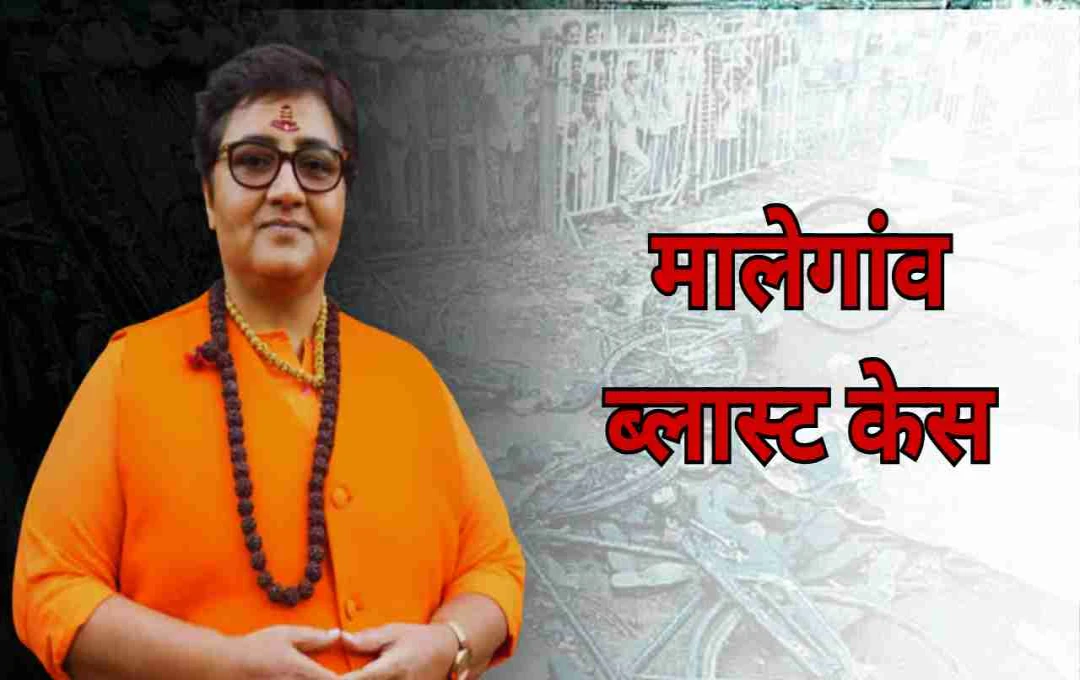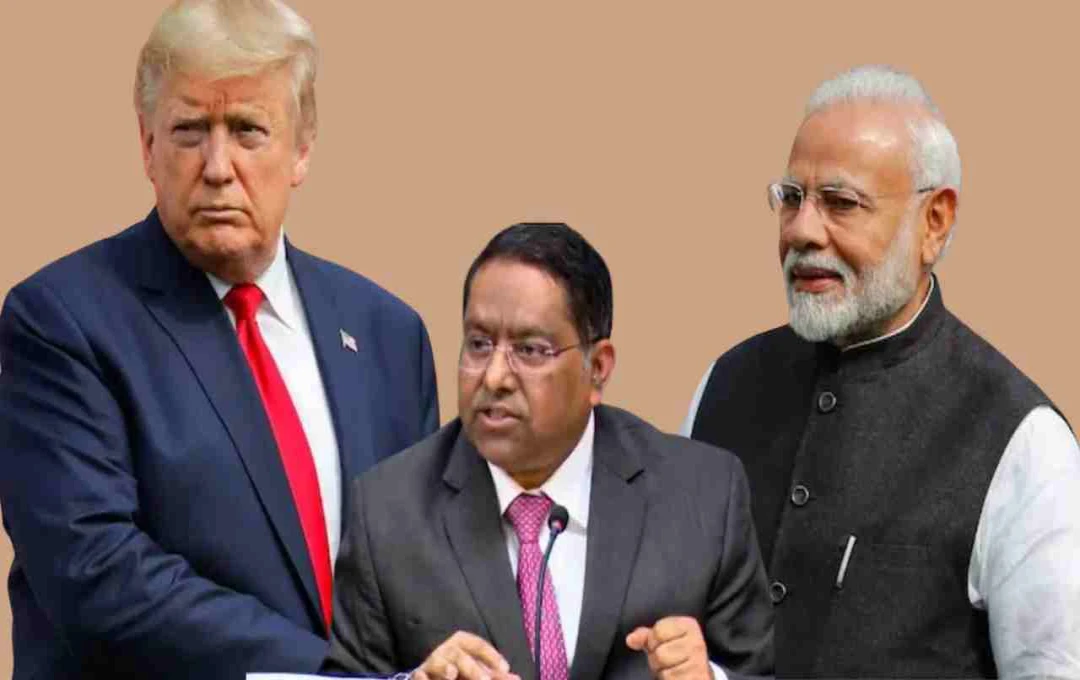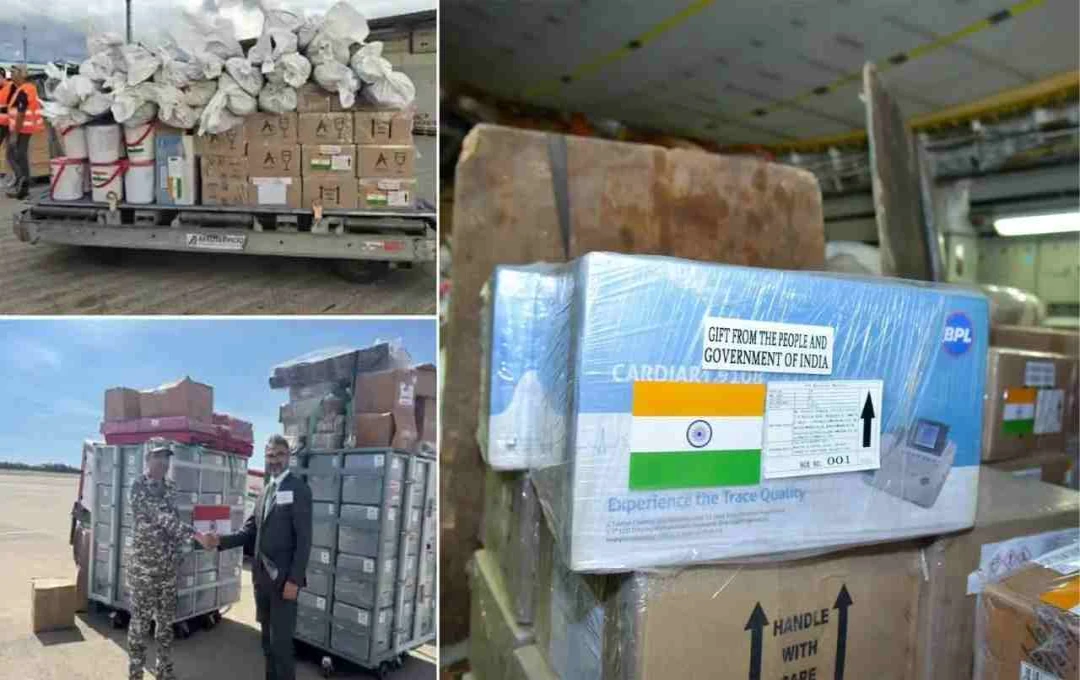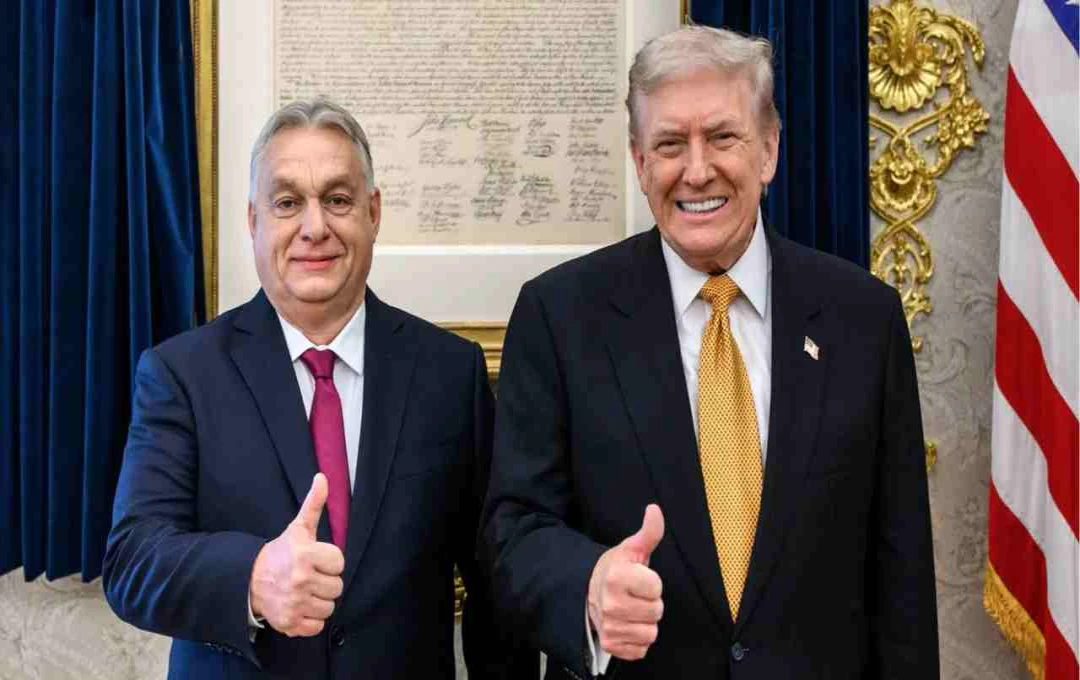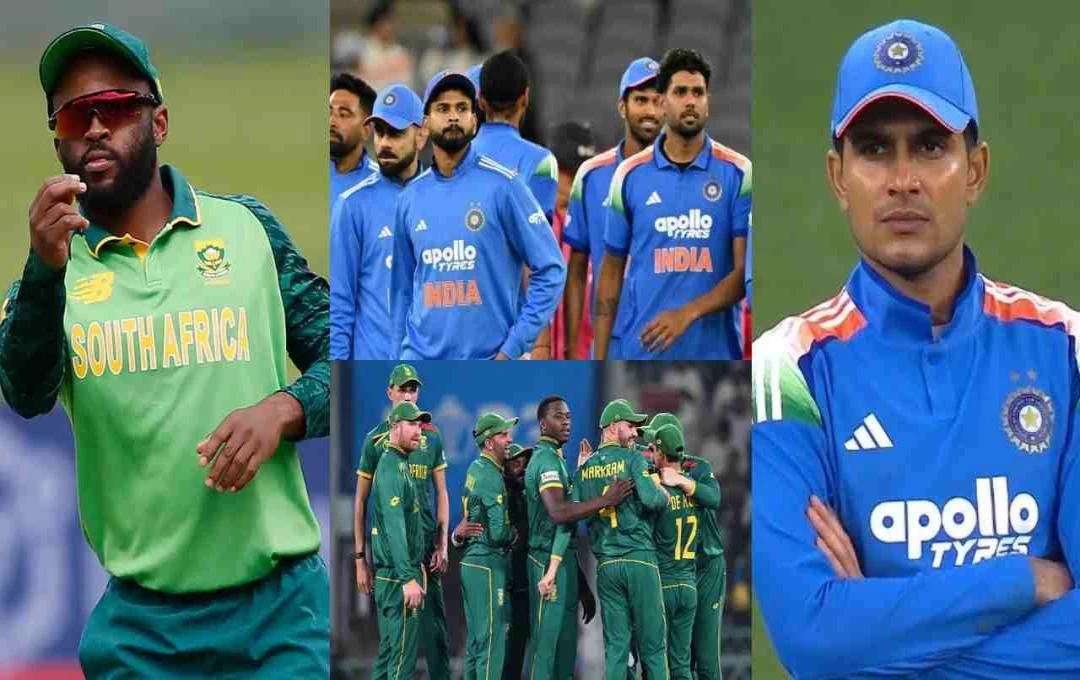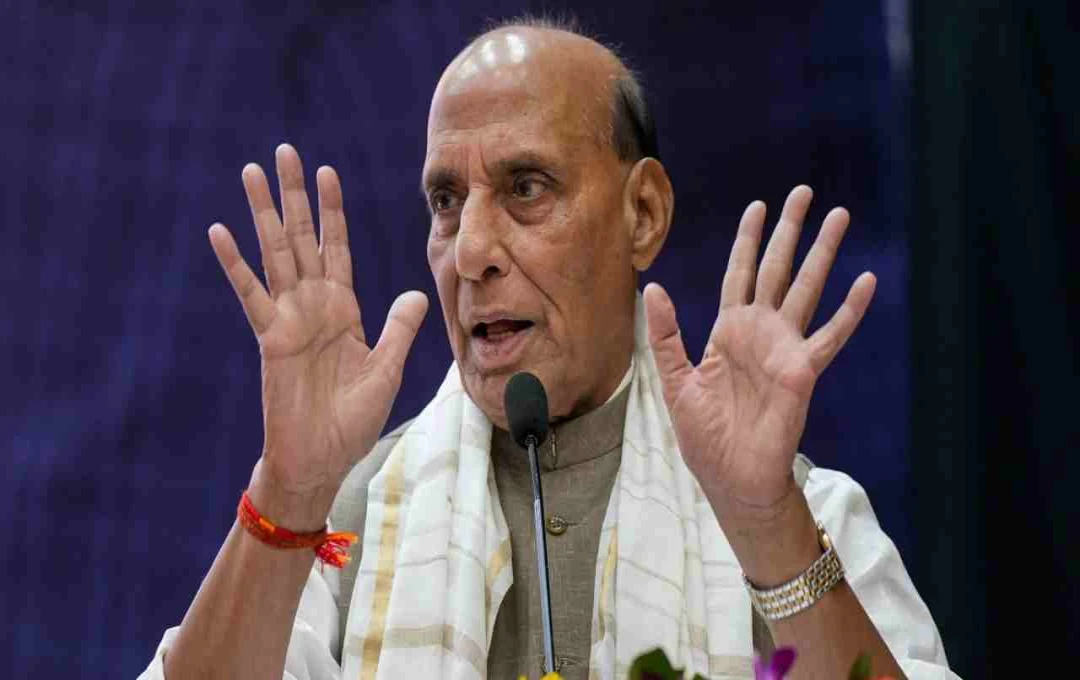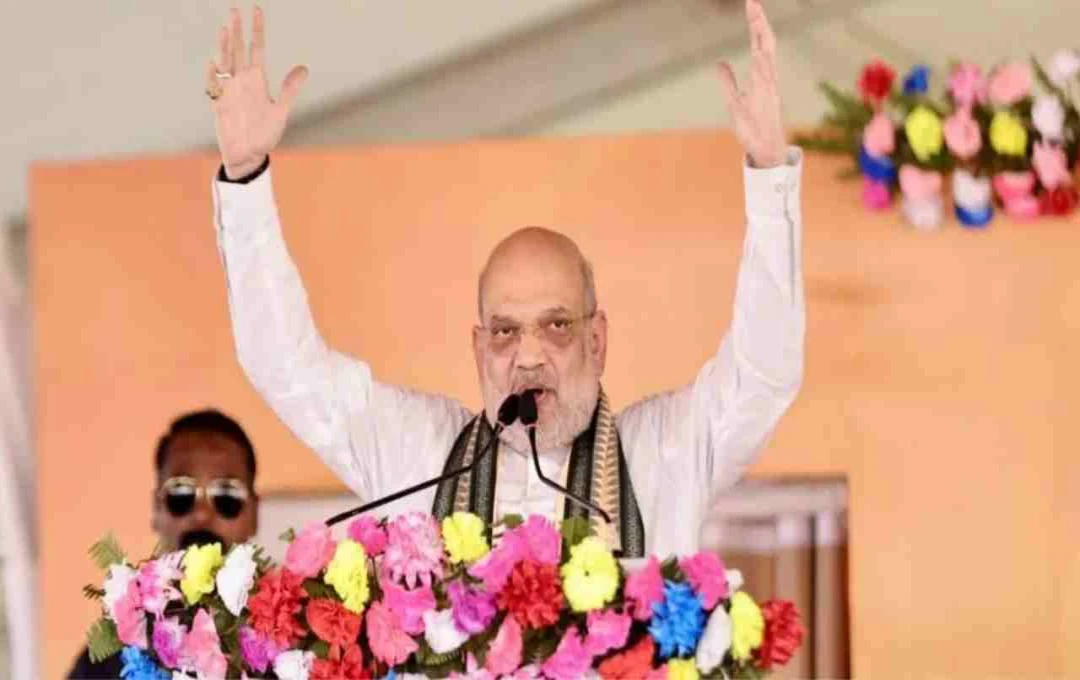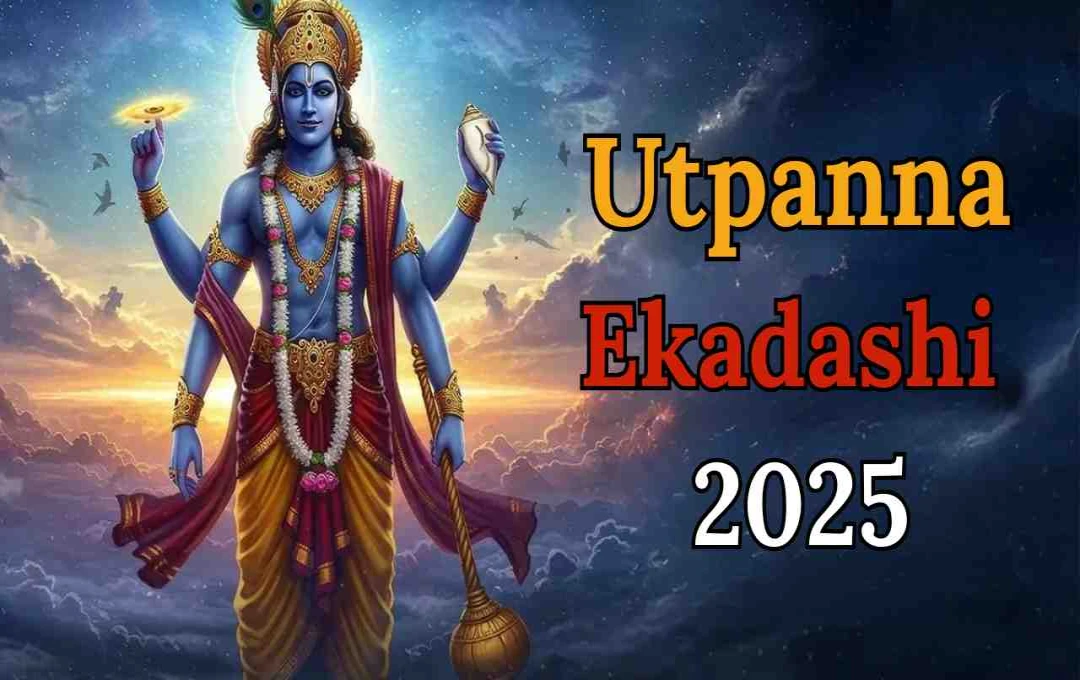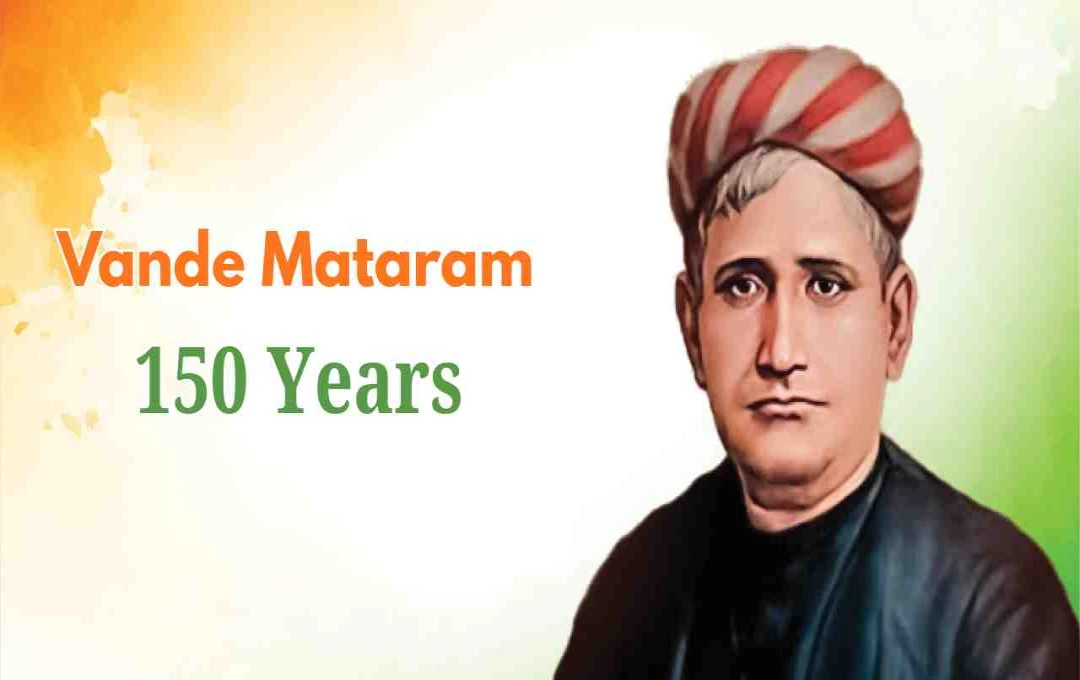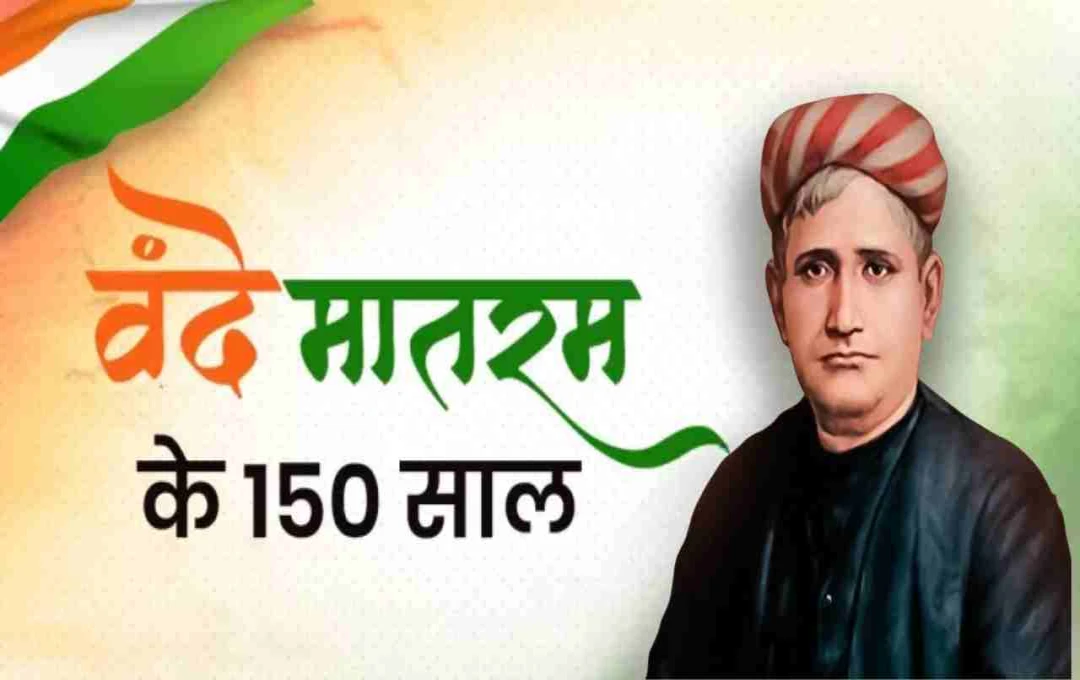In the 2008 Malegaon blast case, the court acquitted all the accused, including Sadhvi Pragya and Colonel Purohit, due to lack of evidence and witnesses retracting their statements, bringing the 17-year-old case to an end.
On the evening of September 29, 2008, a powerful explosion in Malegaon, Maharashtra, shook the entire nation. Today, after a full 17 years, the NIA Special Court in Mumbai has delivered its verdict in this high-profile blast case. The verdict was as shocking as it was awaited. The court clearly stated that the prosecution failed to prove the charges, and on this basis, all the accused were given significant relief.
What was the Malegaon Blast Case?
On September 29, 2008, a bomb placed on a motorcycle exploded at Bhikku Chowk in Malegaon city, Nashik district. This blast resulted in the death of 6 people and injured more than 100. Immediately after the incident, investigating agencies termed it a terrorist attack, and the scope of the investigation extended to several religious and political organizations.
What happened in court today?
As Judge AK Lahoti's bench began delivering its verdict in the special NIA Court on Thursday, a tense atmosphere filled the courtroom. Sadhvi Pragya Thakur, Lieutenant Colonel Prasad Purohit, Major Ramesh Upadhyay, Ajay Rahirkar, Sudhakar Dwivedi, Sudhakar Chaturvedi, and Sameer Kulkarni—all the accused were present in court. The court explained one by one in its judgment how the lack of evidence, questionable investigation, and witnesses turning hostile prevented the government from establishing the prosecution.
What did the court say in its verdict?
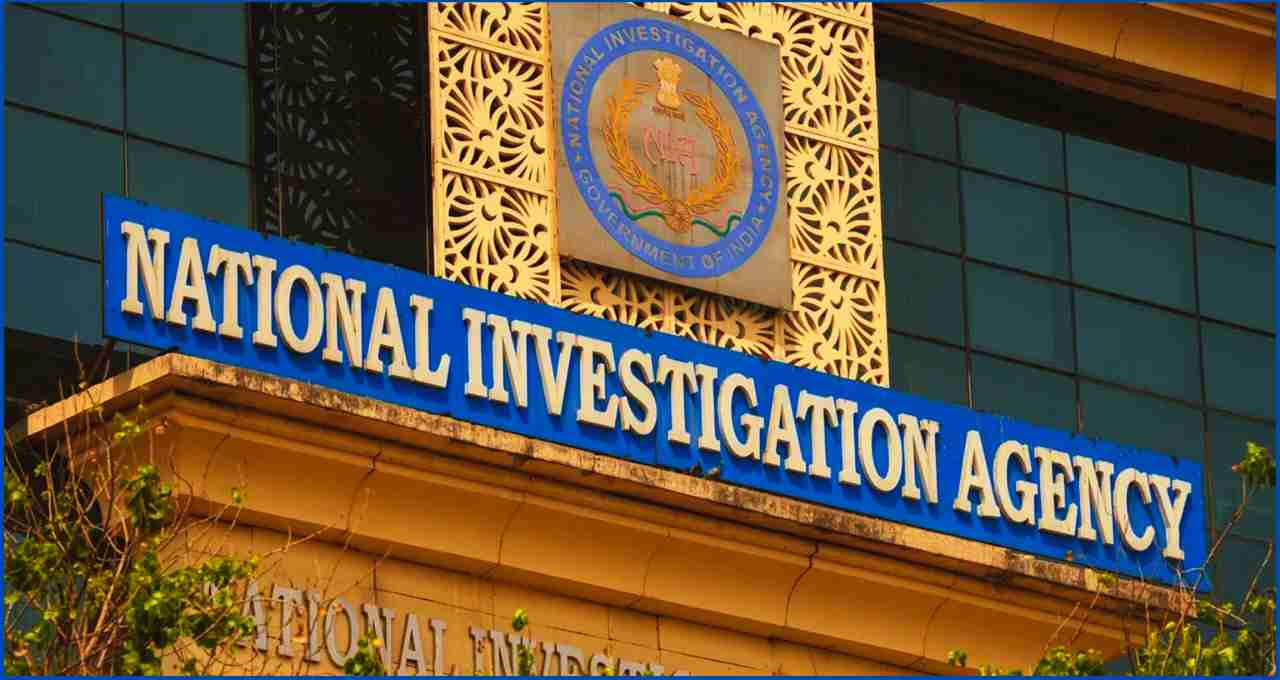
Justice Lahoti made several important points in his judgment:
- It could not be proven that the bomb was planted in the motorcycle.
- There was no concrete evidence that RDX was brought from Kashmir.
- There was also no confirmed evidence of a conspiracy meeting to plant the bomb.
- Fingerprints were not taken from the scene, and the evidence collected was likely contaminated.
- The chassis of the motorcycle in question was neither wiped out nor restored.
- It was acknowledged that the bike was registered in Sadhvi Pragya's name, but it could not be proven that the bike was in her possession at the time of the incident.
17 Years of Investigation and Hundreds of Witnesses
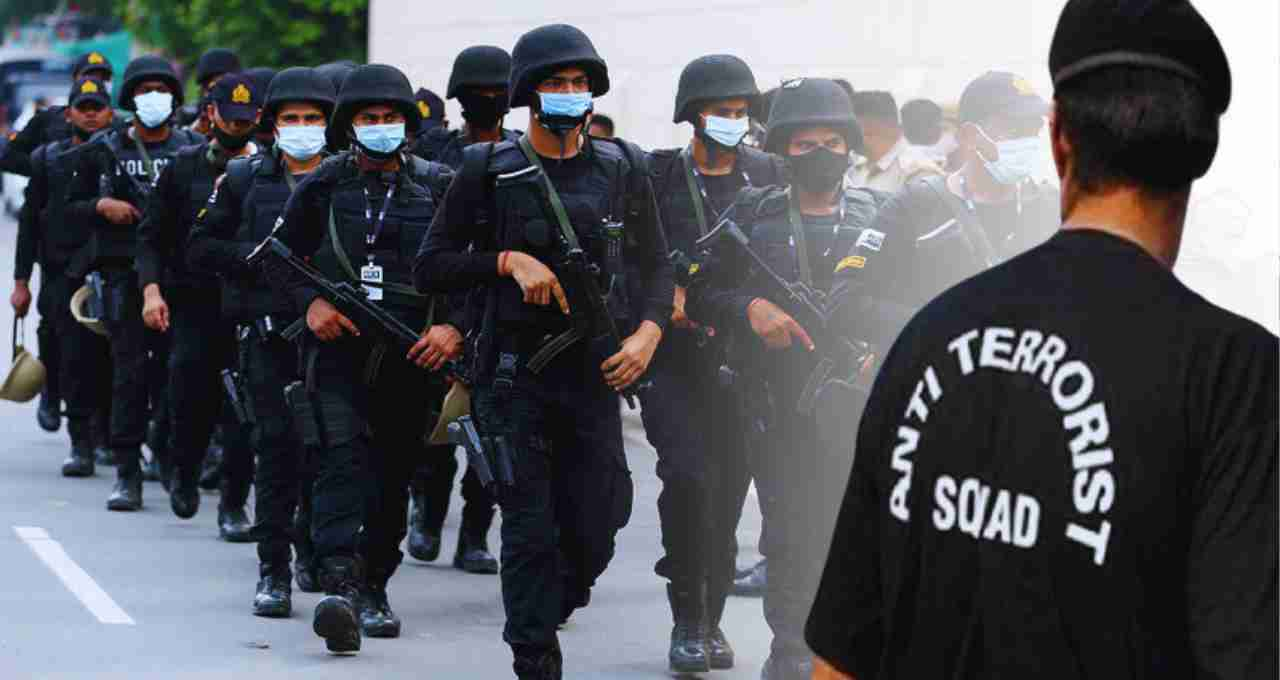
The investigation of this case was conducted by Maharashtra ATS and later by the National Investigation Agency (NIA). A total of 323 witnesses were questioned in the case, but 40 of these witnesses retracted their statements in court. Several witnesses stated that they were pressured to give statements. During this long investigation process, questions were raised several times about whether the agencies conducted an impartial investigation or made accusations under pressure.
Reaction of the Accused
After the verdict, defense lawyer Rajesh Sangale said, 'This decision is a victory for justice. We have said from the beginning that this case was fabricated for political motives. The court has accepted our side.' Accused Sameer Kulkarni told the media: 'We have been waiting for justice for years. Today, the truth has come out that we were innocent. This is a day of freedom for us.'
Political Background and Allegations
This case has always had a political dimension. When the blast occurred, the Congress government was in power in Maharashtra. Later, when Sadhvi Pragya Thakur and others were accused, the term 'saffron terror' was coined, sparking a nationwide political debate. The BJP accused the Congress of hatching a political conspiracy in this matter, while the Congress remained steadfast that the investigating agencies had taken action based on evidence.
Questions Raised on Investigating Agencies
This verdict has raised questions not only on the prosecution but also on the working style of the investigating agencies. Was this case pursued in haste and without sufficient evidence? Were innocent people accused under any political pressure? Experts believe that the verdict in this case will have a significant impact on the transparency and impartiality of the investigation process in the future.
